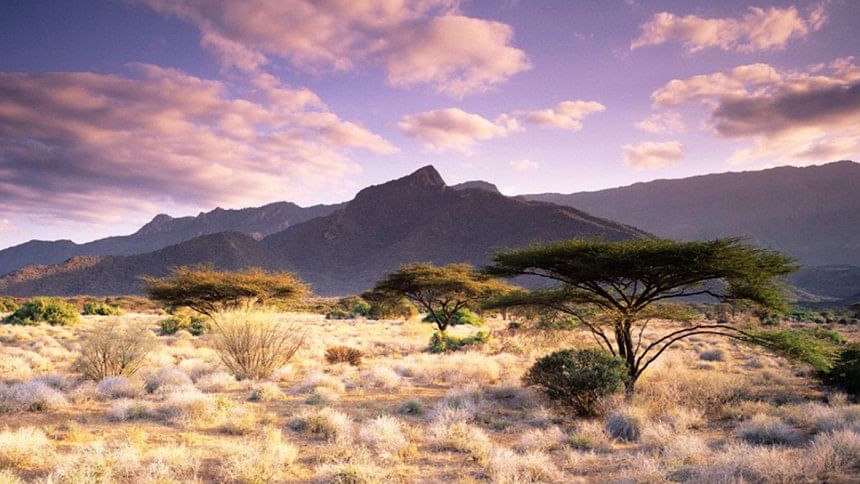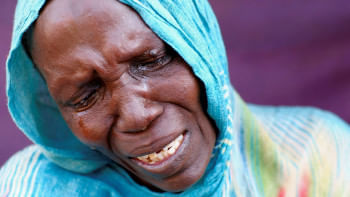Did climate change jump-start human evolution in East Africa?

The significance of East Africa's Turkana basin, which is called the cradle of humanity, in human history is still unclear.
Now some ancient herbivore teeth are revealing the region's special climate around the time our genus Homo first appeared, reports New Scientists, a research based online portal.
"Turkana, part of the Great Rift Valley straddling Kenya and Ethiopia, has been a hallowed site for the study of human evolution ever since Maeve and Richard Leakey began uncovering fossils there in the 1960s."
Ranging from Australopithecus to our own species, Homo sapiens, the most striking finds include Turkana boy, a Homo erectus fossil that is the most complete early human skeleton ever found, the report reads.
But was Turkana a recurring site for major events in human evolution, perhaps because it was a humid refuge for our ancestors during particularly dry periods, or simply a good environment for preserving fossils?
Now the teeth of herbivores are helping to answer this question. By studying fossil teeth from across the region, Mikael Fortelius at the University of Helsinki, Finland, and his team have pieced together a record of the region's temperature and rainfall that goes back 8 million years – well before early humans first appeared.
Their data show that East Africa as a whole became drier between 3 million and 2 million years ago – the period when our genus Homo first emerged. But the Turkana basin began to dry out earlier.
Fortelius thinks the basin's early shift meant it could have acted as a "species factory". Since it was ahead of the trend, new species that evolved there were adapted for the drier environment that later became widespread.
"Statistically, you would expect many species that evolve in an area that's ahead of its time to be more successful, on average, than an area that's lagging behind," he says. "It might mean that, in East Africa at least, the Turkana basin might have contributed a disproportionate amount of new biodiversity for the region."
Fortelius presented his research at a meeting to celebrate the 70th birthday of Richard Leakey, held at the Royal Society in London last month. "I personally think it's a great idea," says Peter de Menocal at Columbia University in New York. "For the first time he's showing how unique the climate is in specific parts of Africa."
De Menocal has been using ocean sediments to reconstruct the history of Africa's climate. Fossil plankton layers correspond to more humid conditions, while silty grains of dirt indicate more arid grasslands, giving an idea of the average climate across a broad region of north-east Africa.
But Fortelius's use of teeth is far more specific, says de Menocal, allowing different areas to be compared. "If you want to understand how climate has changed where the fossils are actually found, that's the kind of approach you need," he says.
Fortelius looks at the cutting edges and height of herbivore teeth that were present at a certain time. Short teeth, like those of elk, suggest a humid environment with lush vegetation, while tall teeth, like those of horses, are suited to wear and tear from chewing grit in a grass-based diet, indicating a dry climate.
"The evidence comes straight from the horse's mouth," says Fortelius. His team has previously used this approach to estimate recent global rainfall patterns, with the results closely matching actual rainfall measurements.
The evidence from the teeth supports the story that the broader region began to dry up 3 million years ago, as suggested by de Menocal's sea sediment work, and analysis of the isotope carbon-13, which is more abundant when plants adapted to arid conditions, like grasses, have been present.
"The drying is coincident with a lot of major events in human evolution," says de Menocal. It coincides with the appearance in the fossil record of the first members of the Homo genus, along with Paranthropus, a group of hominins known for their robust skeletons and grinding teeth. Australopithecus, an older group, disappeared around the same time.

 For all latest news, follow The Daily Star's Google News channel.
For all latest news, follow The Daily Star's Google News channel. 



Comments